There are many fascinating things about Ghana’s beautiful cities. Cities such as Accra, Kumasi, Cape Coast, etc. These cities have riches in culture and history. And these riches are what make Ghana stand tall among various countries in Africa.
Ghana is one of the most popular countries in Africa and in its West African region. It has the Ivory Coast on its West, Burkina Faso up North, and Togo on its East. Ghana covers an area of 238,567 kilometers squares. It is the second most populous country in West Africa, having over 32 million people.
Ghana is a country that is rich in gold deposits and other mineral resources. The country also has a significant amount of bauxite, diamonds, and manganese. Moreover, Kakum National Park, the Ghana Academy of Arts and Sciences, the National Theatre, and many others, are tourist centers located in its Capital, Accra.
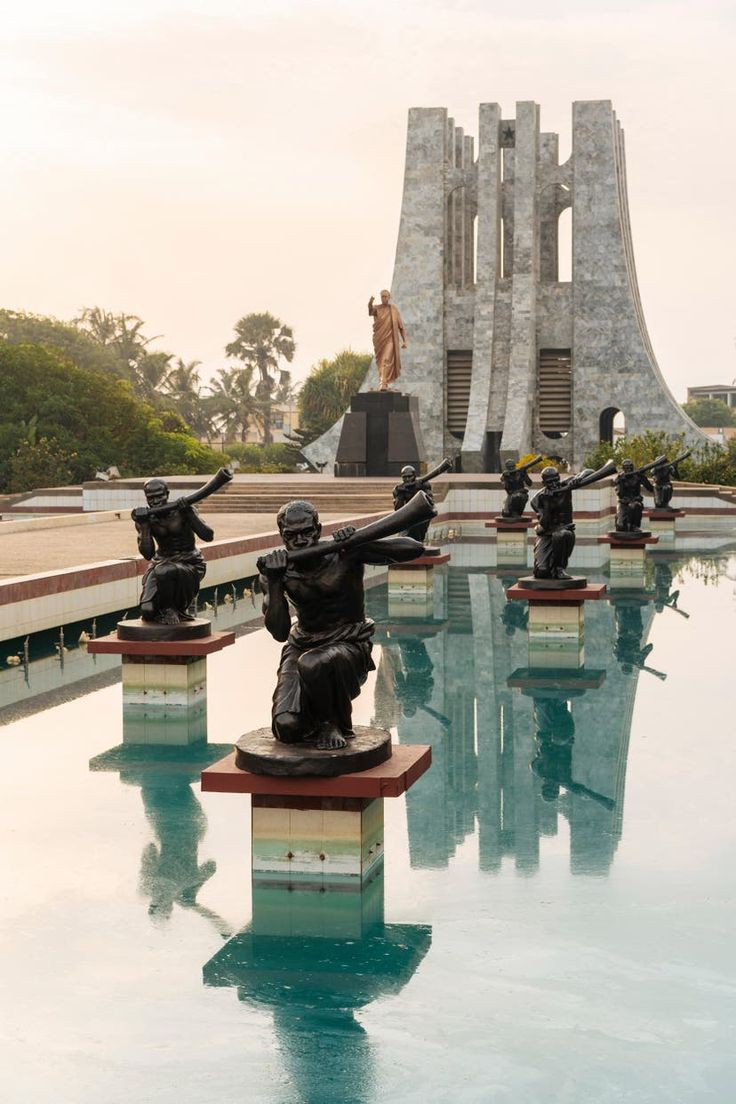
Here Are 12 Fascinating Things About Ghana You Need To Know;
Warrior King
The name “Ghana” in the Soninke language means “Warrior King”. It was adopted when Ghana secured its freedom in the year 1957. The name inspiration came from the ancient Ghana Empire that existed in the West African region from the 6th to the 13th century.
Moreover, this Ghana Empire was famous and respected for its strong military and trade relationships with North Africa and the Mediterranean world.
The “Ghana” name talks about the various history and cultural heritage the country has. And it also reminds its people of their achievements and past glories.
Ghana Empire
The Ghana Empire is sometimes called the Wagadu Empire. It was in what is now Southeastern Mauritania, Western Mali, and Eastern Senegal. The Ghana Empire came to life in 100 CE and ended in mid-1000 CE. They had two sides, the Muslims and the Non-muslims. What divided them was a 6-mile of informal market village.

Ghana sat on top of a gold mine trade route and was a very wealthy empire of its 900 years of development. Its capital then was Koumbi Saleh. The empire traded on taxation with neighboring nomads, city-states, and doms in gold and salt eventually collapsing with North African imperial competition.
Furthermore, the Ghana Empire’s most notable dynastic figure was named Dinga Cisse. However, there are several rulers named Dinga as well as Cisse. So the Malian historians particularly of Soninke descent differentiate the dynastic Dinga and Cisse from the mythological Soninke founder of the Ghana Empire.
Kwame Nkrumah
Kwame Nkrumah returned back to Ghana after 12 years abroad pursuing higher education. In the abroad, he developed his political philosophy and organized political events with other diaspora pan-Africanists. He formed the Convention People’s Party on his return, which achieved rapid success through its unprecedented appeal to the common voter.
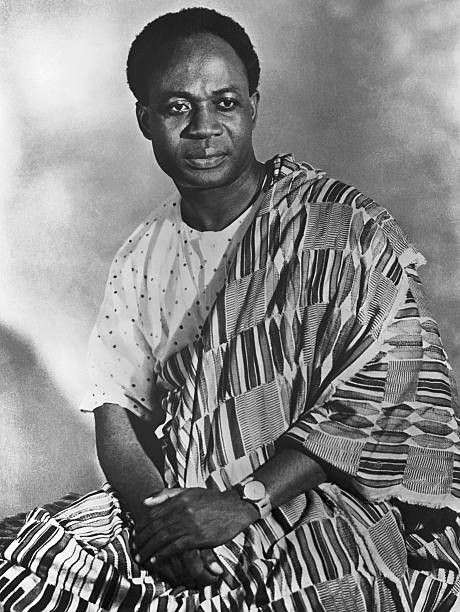
Consequently, his advocacy for national independence which his political career kicked off from in the country was what led to him becoming the Prime Minister in 1952. He retained the position when the country secured its independence from Britain in 1957.
As a result, Ghana approved a new constitution and elected Kwame President. Kwame’s administration was primarily socialist as well as nationalist. He funded national industrial and energy projects and developed a strong national education system while promoting a pan-Africanist culture.
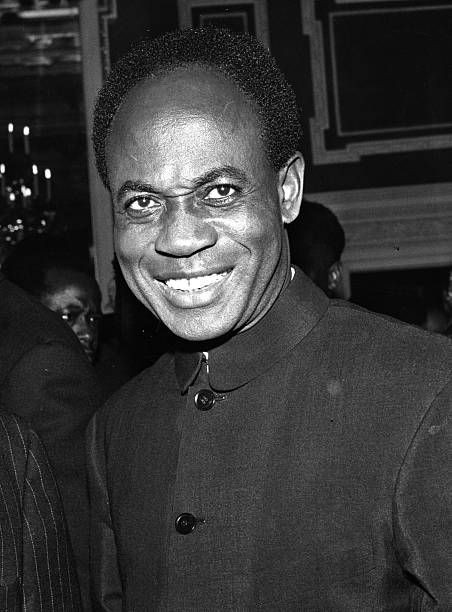
Under Nkrumah, Ghana played a leading role in African International relations during the decolonization period. However, his government became authoritarian in the 1960s, as he repressed political opposition and conducted elections that were not free and fair. He doubled down and drove a constitutional amendment and made Ghana a one-party state with Nkrumah as President for life.
In addition, he fostered a personality cult, forming an ideological institute and adopting the title of ‘Osagyefo Dr’. Nkrumah was deposed in 1966 by the National Liberation Council in a coup d’etat. Under the supervision of the National Liberation Council, the country’s economy was privatized. Kwame Nkrumah lived the rest of his life in Guinea, where he was named honorary co-president.
Independence Day
The Independence Day of Ghana is a national holiday celebrated yearly. The day is an official state holiday for the citizens of Ghana both within and in the diaspora. It is about celebrating and honoring the Heroes of Ghana who led the country to attain its independence. The Independence Day is celebrated on the 6th of March yearly.
Furthermore, Independence Day is a remembrance of the day that marks the declaration of Ghanaian independence from British colonial rule.
On Wednesday, March 6, 1959, Kwame Nkrumah declared to the people of Ghana about their freedom. Ghana was the first country in Sub-Saharan Africa to achieve independence from European colonial rule. Many Ghanaians who have had the opportunity to serve as President have remembered the occasion and made Ghana Independence Day a public holiday to celebrate.
Moreover, many presidents from other African countries and Europe have been invited to Ghana to join the celebration, either as guest speakers or invited guests.
Accra
The main Ga group known as the Tumgwa was led by Ayi Kushie arrived by sea. When the Guan (Lartehs) on the coast saw them on their canoes at sea, they looked like ants. Hence, the Lartehs called them Nkran (ants). Nkran was later corrupted by the Danes to Akra, then to present-day Accra. Nkran in the Ga language is Gaga, thus they also started calling themselves Ga.
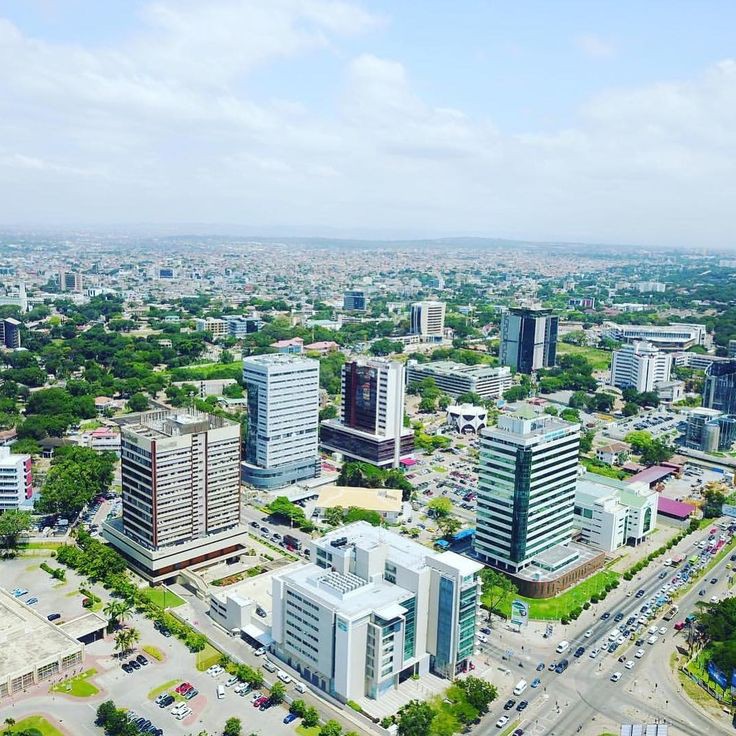
Due to the sheer numbers of the Ga immigrants, the indigenous Lartehs went to live in the Akuapem ridge. Initially, Accra was not the most important trading hub, the trade hubs of the time were the ports at Ada and Prampram, along with the inland centers of Dodowa and Akuse. The Dutch built nearby outposts of Ussher Fort while the British and Swedes built James Fort and Christiansborg castles, respectively.
By the 17th century, Portugal, France, and Denmark had erected forts in the city. When Denmark sold Christiansborg and their other forts to the British, Britain started to acquire the interests of all other countries beginning in 1851. The Netherlands was the last to sell out, in 1871.
After decades of tension between the British and Ashantis. The British captured Kumasi in 1873, destroying portions of the city. A year after, the British then captured Accra and in 1877, at the end of the second Anglo-Ashante War. Accra replaced Cape Coast as the capital of the British Gold Coast.
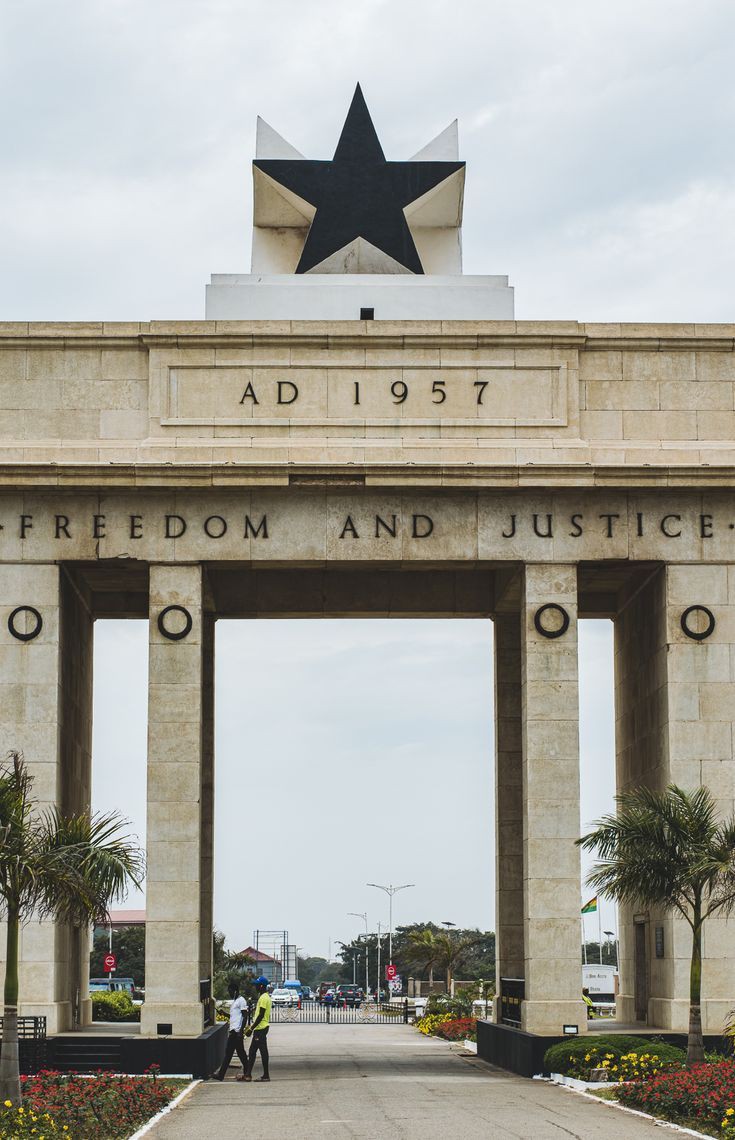
The Modern-day Accra city is a transportation hub, home to the Kotoka International Airport. It has a railway that links to Tema, Sekondi, Takovadi, and Kumasi. Accra is the location for national and international business. Furthermore, it houses a lot of tourist attraction centers as mentioned above.
Kejetia Market
Kejetia Market is popular for its plenty of gold and jewelry. Apart from jewelry, the popular Ashantu Kenye traditional clothing fabric dots are colored across its garment shops.
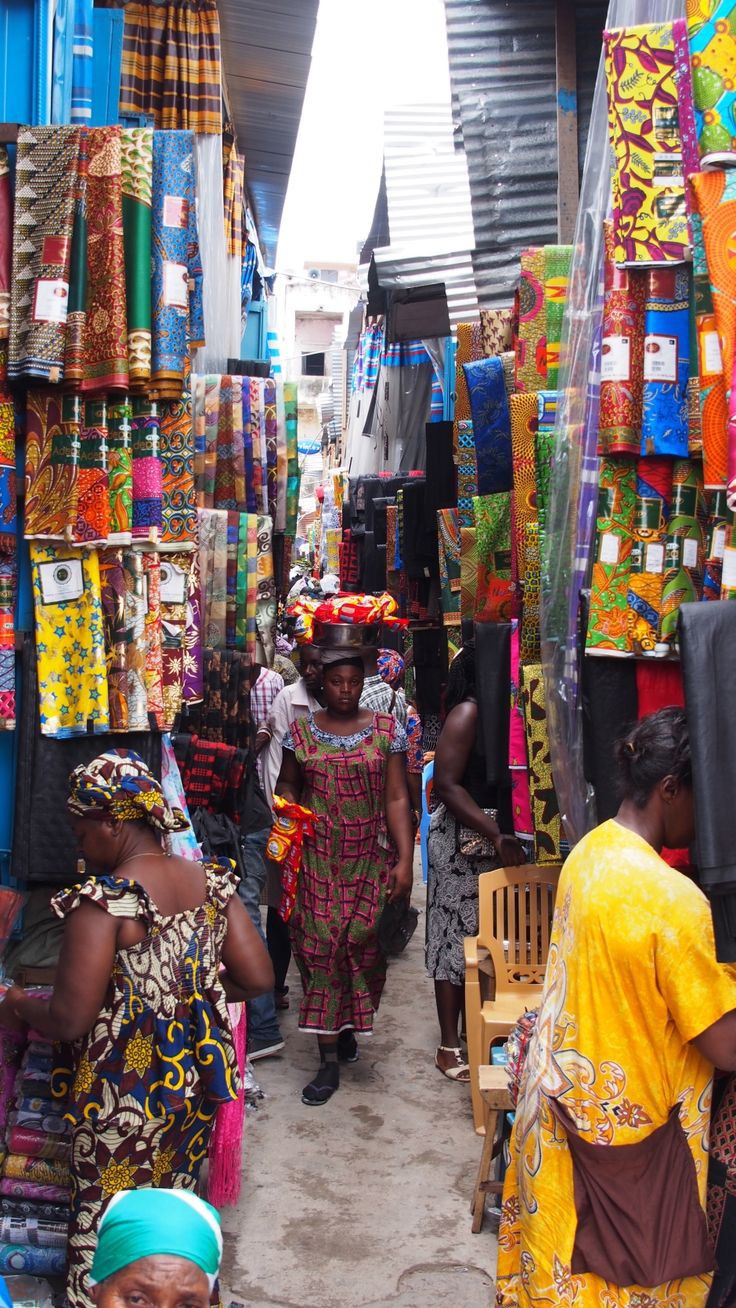
Because of the interactive experience with the locals in the busy market, most tourists are attracted to the Kejetia Market. A lot of beautiful and authentic cultural artifacts are sold in the market.
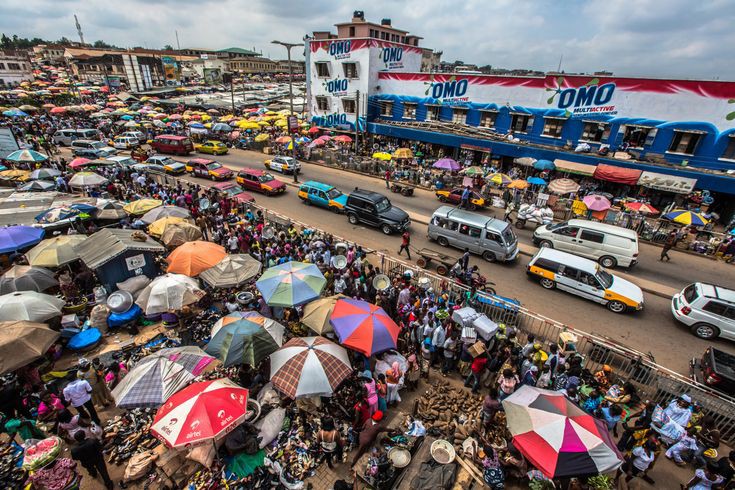
The Kejetia Market is very large, as they are almoost 50,000 stores concentrated in one area of the market.
Black Stars
The Black Stars of Ghana are the men’s national football team that represents the country in international tournaments. The name was coined from the Black Star of Africa in the flag of Ghana. It is governed by the Ghana Football Association, the government body that controls football in the country.
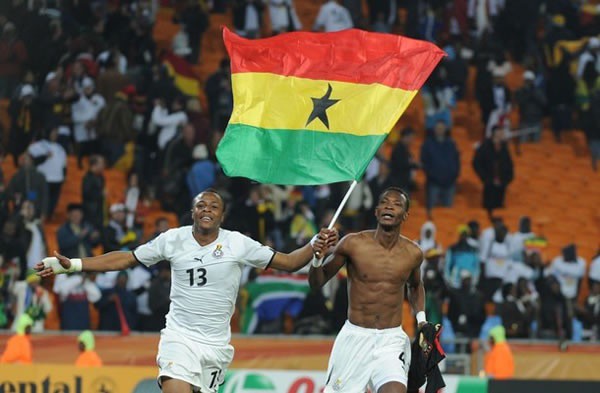
In addition, the Black Stars of Ghana were formerly known as the Goldcoast before 1957. Ghana men’s national team has done well for themselves. Their first time at the FIFA World Cup was in 2006. The team has four African Cup of Nations titles, as they have finished as runners-up five times.
A Multilingual Country
Ghana is blessed with various types of languages. Close to 80 languages are being spoken in the country. One of the major ones is the English language. It is the official language in the country because Ghana was formerly a British colony.
Of the indigenous languages, Akan holds down the south. Dagbani is mostly spoken in the North. Ghana has more than seventy ethnic groups and each has its own unique language.
Furthermore, languages that belong to the same ethnic group are usually mutually intelligible. For example, The Dagbanli, Nanumba, and Mamprusi languages of the Northern region, are similar to the Waali and FraFra languages of the Upper East and Upper West region of Ghana. Also, 20% of the population speaks Mole-Dagbani languages.
In Ghana, eleven languages have the status of ‘government-sponsored languages’. They are; three Akan ethnic languages (Akuapem Twi, Asante Twi, and Fante). And two Mole-Dagbani ethnic languages (Dagaare and Dagbanli). Others are Ewe, Ga, Kasem, Dangme, Gonja, and Nzema.
Four years ago, the government announced its goal to make French one of Ghana’s official languages due to the country being surrounded by Francophone countries. The countries are Burkina Faso, Ivory Coast and Togo. And also due to the presence of a French-speaking minority in the country.
Music, Dance, and Art
A fascinating thing about Ghana is its art culture. On the African continent and globally, Ghana is known for its rich traditions, including music, dance and art.
As this piece has pointed out, Ghana is home to a diverse array of ethnic groups, and each has its own peculiar cultural practices.
For instance, Ghana’s music is known for its lively rhythms and percussions. It infuses highlife and various sounds from other countries to make its music. Ghana is the major ingredient along with Nigeria in the Afrobeats genre bursting the airwaves today.
Ghanaian dance is characterized by its energetic movements, symbolic gestures, and its colorful and vibrant costumes. The dance expresses the values and beliefs of the community.
Its art is known for its bold and vibrant colours that tells the story and themes of nature, everyday life and even spirituality.
Kumasi
Kumasi is a city in the Ashanti Region in Ghana. It is situated near Lake Bosomtwe, in a rainforest region. Kumasi is the industrial, cultural, and commercial capital of the historical Ashanti Empire.
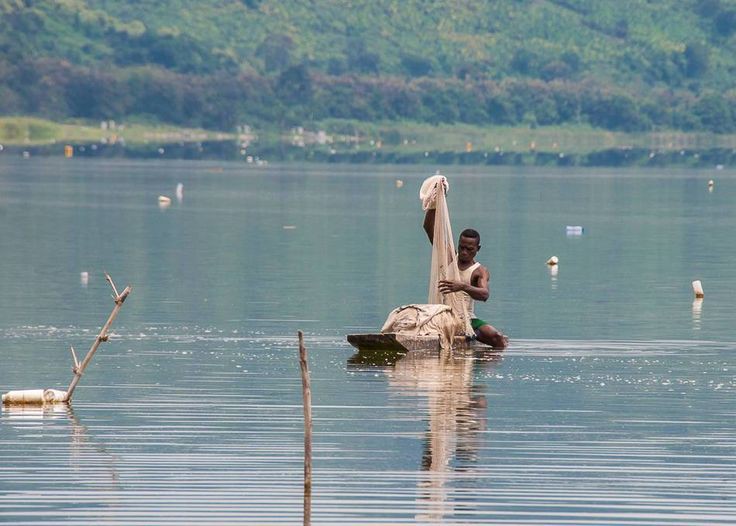
It is alternatively known as the “Garden City” because of its many species of plants and flowers back in the day. Kumasi also goes by the name Oseikrom, after Osei Kofi Tutu 1 who was a king in the Ashanti Empire.
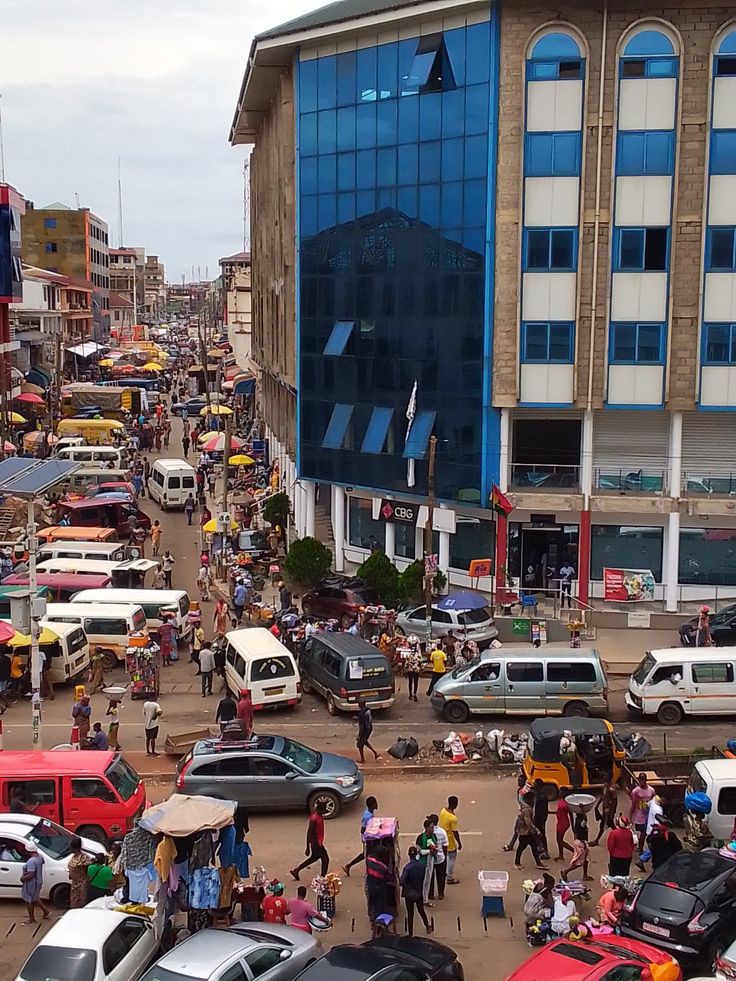
The second-largest city after Accra in Ghana. It has various Central Business Distance areas such as Adum, Bantama, Kejetia, Asawasi, Pimpaso and Bompata. Kumasi also houses many economic activities in the country. Some of them include financial and commercial sectors, clothing, weaving of baskets, pottery, and textiles.
Bantama is also the entertainment hub in Kumasi.
Rain Forests, Grasslands And Coastal Wetlands
Ghana has diverse ecosystems, including grasslands and rainforests. Ghana’s rich ecosystems support varieties of flora and fauna. There are 6 major vegetation zones in Ghana. They are; tropical rainforests in the south, the savanna grasslands in the north. The country also has the coastal wetlands along the Atlantic Coast.
Ghana’s wildlife is also diverse. It includes antelopes, monkeys, various bird species, baboons, etc.
The World’s Second Largest Cocoa Producer
Chocolate, a product of cocoa is one of the most loved snacks in the world. Ghana is the second largest cocoa producer in the world, only behind its West African brother, Ivory Coast is a major factor.
Cocoa is Ghana’s main export. It accounts for 25% of the country’s total export earnings. Ghanian Cocoa is famous for its distinct flavor and high quality. It is majorly produced by smallholder farmers who cultivate cocoa on small family farms.
Conclusion
Ghana is definitely a blessed place to be. If you say Ghana has everything to offer, that wouldn’t be an overstatement.







